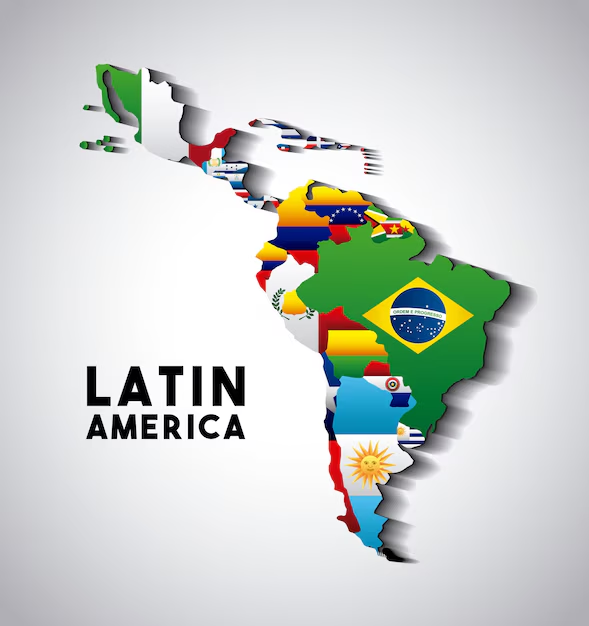Indigenous-Led Cultural Revitalization in South America: A Path Towards Sustainable Futures
The vibrant tapestry of indigenous cultures in South America faces unprecedented challenges in a rapidly globalizing world. Yet, within these communities, powerful initiatives are underway, actively preserving and revitalizing their rich heritage. This article explores these vital efforts, highlighting the crucial role they play in fostering sustainable development and social harmony, and outlining ways we can all contribute to their success.
The Profound Significance of Cultural Preservation: Indigenous cultures offer invaluable perspectives on harmonious coexistence with nature and the cultivation of thriving communities. Their ancestral knowledge systems hold potent solutions to contemporary issues related to community and social development, offering sustainable models for the future. This knowledge encompasses sustainable agriculture, resource management, and traditional medicine, all of which possess immense potential for broader application.
Respecting Rights, Empowering Communities: Central to cultural preservation is the unwavering recognition and respect for the inherent rights of indigenous communities. This encompasses land rights, self-determination, and the freedom to practice their cultural traditions without interference. Empowering these communities through capacity-building programs, accessible education, and economically viable opportunities rooted in their traditions is paramount. This ensures that cultural preservation is not merely a passive process, but a dynamic one driven by the communities themselves.
Fostering Intercultural Understanding and Collaboration: Open dialogue and collaboration between indigenous and non-indigenous populations are essential for cultivating mutual respect and appreciation. Meaningful conversations bridge cultural divides, fostering a sense of unity and shared purpose. This collaborative approach recognizes the equal value of all cultures and perspectives, creating a space where learning and growth can thrive.
Revitalizing Traditional Knowledge Systems: Indigenous communities are custodians of invaluable knowledge relating to sustainable agriculture, resource management, and traditional medicine. Integrating this knowledge into modern practices can significantly enhance the resilience and sustainability of communities worldwide. This involves actively supporting research and initiatives that document, preserve, and disseminate this wisdom for the benefit of all.
Active Participation and Support: Concrete Actions for Change: Support for indigenous communities extends beyond acknowledgment; it requires active participation. Attending and actively engaging in cultural events and festivals offers a tangible means of showing support, learning about indigenous traditions, and promoting cultural exchange. Similarly, supporting indigenous arts and crafts directly contributes to their economic empowerment and cultural preservation.
Environmental Stewardship and Sustainable Tourism: Indigenous communities share a profound connection to their natural environment. Advocating for the protection of natural resources is crucial for safeguarding their cultural practices and livelihoods. Responsible, community-based tourism allows visitors to directly contribute to the economic well-being of indigenous communities while experiencing their culture firsthand. This form of tourism emphasizes respect, cultural exchange, and reciprocal benefit.
Education, Advocacy, and Amplifying Voices: Strengthening indigenous education systems ensures the transmission of cultural knowledge to future generations, perpetuating traditions and practices for years to come. Simultaneously, advocating for policy changes that protect indigenous rights and cultural heritage is critical for long-term preservation. This involves supporting legislation related to land rights, language protection, and the integration of indigenous perspectives into mainstream education.
Sharing Stories, Empowering Youth, Building Partnerships: Sharing indigenous stories and narratives through various platforms increases awareness and understanding globally. Engaging youth in cultural preservation initiatives is equally critical; empowering them to actively participate ensures the continuity of traditions. Building strong partnerships between indigenous communities, organizations, and researchers fosters knowledge exchange and resource sharing, strengthening the collective effort towards cultural revitalization.
A Continuous Journey of Learning and Growth: Supporting indigenous cultural preservation is an ongoing commitment requiring continuous learning, self-reflection, and adaptability. By maintaining an open mind and a commitment to respectful engagement, we can contribute meaningfully to building a future where diversity is celebrated and indigenous knowledge is valued. This collective endeavor will lead to a more just, equitable, and harmonious future for all communities in North and South America.
In conclusion, the preservation and revitalization of indigenous cultures in South America are not merely cultural endeavors; they are essential components of building a sustainable and equitable future. By actively supporting indigenous-led initiatives, we contribute to a world where diversity is celebrated and the wisdom of generations past guides us toward a brighter tomorrow. Join us in this crucial journey.
```


